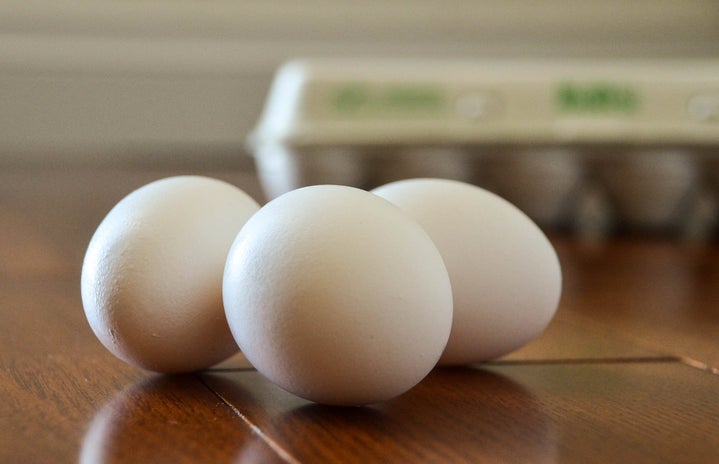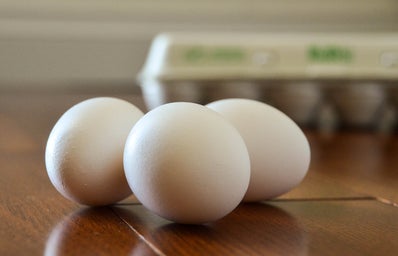Easter is celebrated with a plethora of different traditions in different places around the world, but where do these traditions stem from? Which are the origins of dyeing Easter eggs and why do we decorate Easter baskets? Why is the bunny a symbol of Easter and why do we gnaw these customs and creatures are nowhere to be found in scriptures.
Dyeing Easter Eggs
The tradition of dyeing any kind of eggs including ostrich eggs, can be traced back to the ancient pagan culture. Eggs represent rebirth and life and they are associated with spring and growth. It is believed that pagans celebrated the coming of the new season by coloring eggs and gifting them to family and friends. With Christianity prevailing over Paganism, the majority of pagan traditions were incorporated into Christian ones. According to legends, it is either Mary or Mary Magdalene who is responsible for this custom. It is rumored that Jesus’ mother carried eggs with her to her son’s crucifixion and blood from his wounds dripped on the eggs and colored them red. Alternatively, it is believed that three days after Jesus’ death. Mary Magdalene brought a basket of cooked eggs to share with other women at his tomb. When the guards roiled the stone back to enter the tomb and found it empty, the eggs turned red.
The Easter Bunny
The exact origins of the Easter bunny are shrouded in mystery. One theory speculates that the symbol of the rabbit originates in the pagan tradition and that more specifically, it can be traced back to the festival of Eostre. Eostre was a goddess of fertility and the rabbit which reproduces at a prolific rate was her symbol animal. Eggs are also a symbol of new life and the custom of decorating eggs for Easter dates back to the 13th century. Hundreds of years ago churches had their parishioners abstain from the consumption of eggs during Lent and they were only consumed again on Easter onwards. Additionally, in 19th century Russia high society members started exchanging ornately decorated eggs – even jewel encrusted – on Easter. However, how did the tradition of the Easter bunny delivering eggs emerge in America? According to evidence, the floppy-eared bearer of candy migrated to Pennsylvania, America in the 1700s. with German settlers. The immigrants brought with them their tradition of “Osterhase” or “Oschter Haws” – an egg-laying hare. Their children would make nests for the creature to lay its colorful eggs. Gradually, the tradition spread across the United States and with the expansion of the custom the rabbit’s Easter morning deliveries started encompassing chocolate and other types of candy and gifts while the decorated baskets took the place of nests.
Hollow Chocolate Bunnies
The association between rabbits and Easter has been established, however one of the most popular questions of our childhood remains unanswered. Why are chocolate bunnies hollow inside? With the risk of disappointing children at a young age, chocolate companies produce chocolate hares with empty insides in consideration of our teeth. According to Mark Schlott, executive vice-president of operations at the R.M. Palmer company – one of the oldest chocolate bunny producers in the U.S. – “if you had a lager-size bunny and it was solid chocolate, it would be like a brick; you’d be breaking teeth”. However, promotion and marketing are also taken into consideration. Confectioners can craft larger, jaw-dropping bunnies for a reasonable price.
Hot Cross Buns
Sweet rolls studded with raisins or currants and marked with a cross on top have been an Easter staple for centuries. It is not feasible to precisely determine the time the tradition of making hot cross buns during the week leading up to Easter Sunday had emerged. However, it is believed that the traditions began in the 12th century when a monk decided to mark his rolls in commemoration of Good Friday. The first written record in which this tradition appears dates back to an issue of Poor Robin’s Almanac from the 1730s. The extract reads: “Good Friday comes this month, the old woman runs, with one or two a Penny, hot cross Bumes….”

